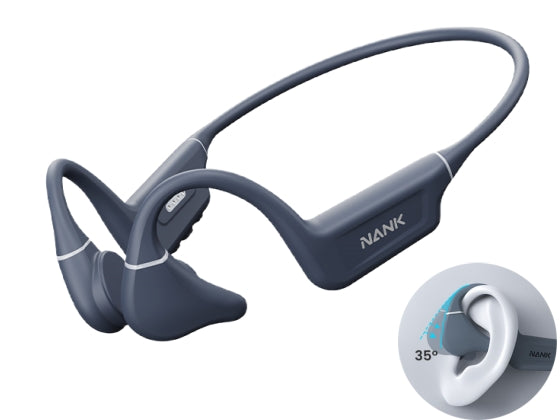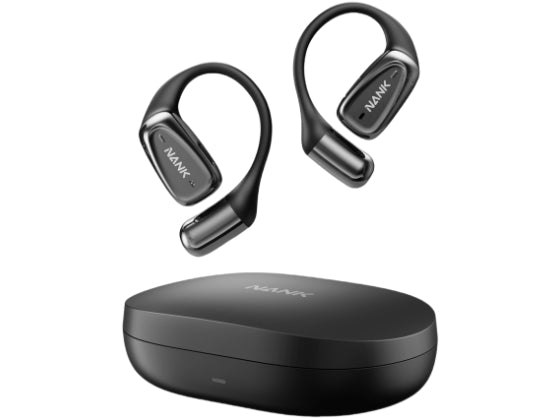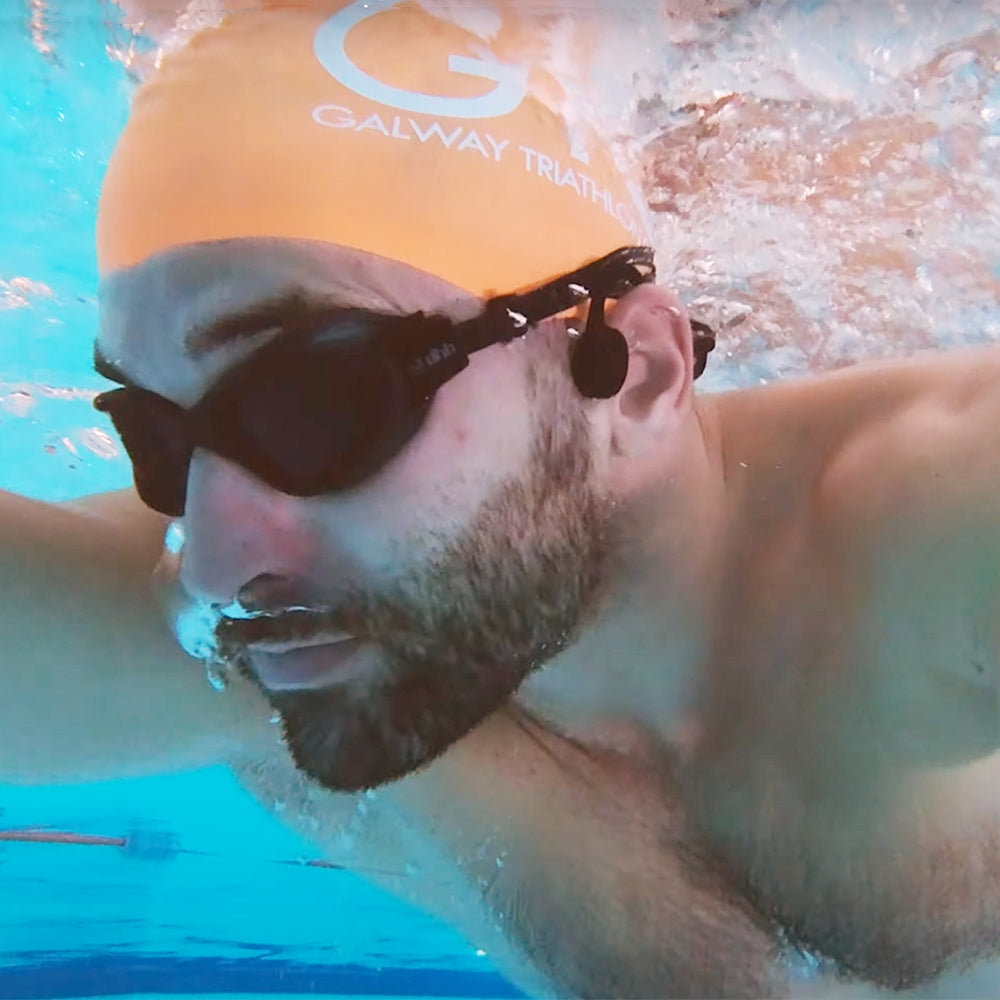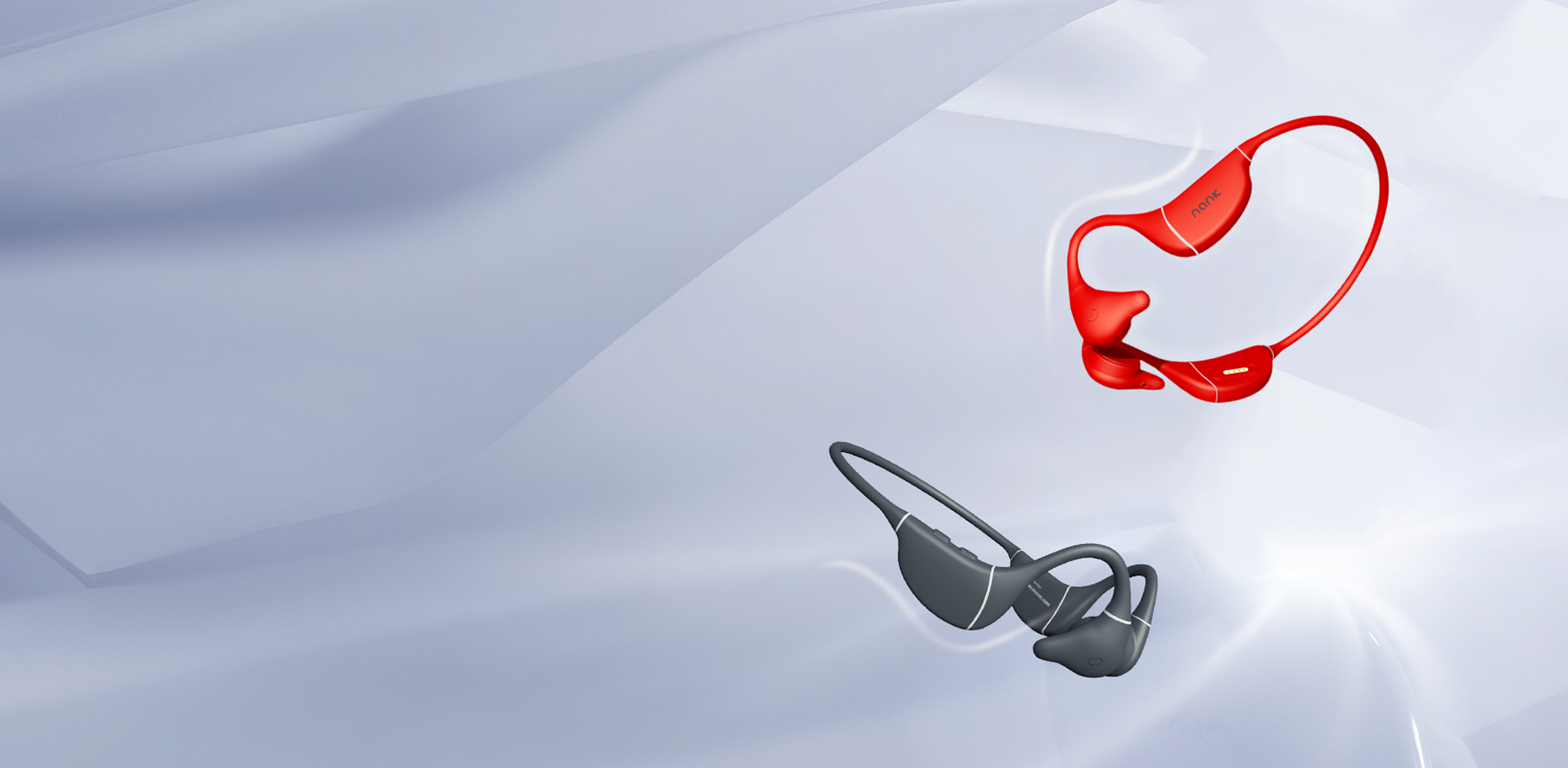Bone conduction headphones, a revolutionary audio technology transmitting sound through facial bone vibrations rather than traditional ear canal methods, have sparked curiosity among consumers. If you're exploring your first pair or seeking in-depth knowledge about this unique technology, this guide answers the 11 most commonly asked questions. From understanding bone conduction to exploring its applications, we delve into the nuances to equip you with essential details before making a purchase.
Section 1: Exploring Bone Conduction Headphones - How They Work
Unlike conventional headphones, bone conduction headphones utilize contact pads resting in front of your ears to transmit vibrations through your cheekbones to the inner ear. This section illuminates the intricacies of the technology, offering a comprehensive understanding of how bone conduction enables audio perception without blocking ear canals.
Section 2: Are Bone Conduction Headphones a Worthy Investment?
For specific users and scenarios, bone conduction headphones provide distinct advantages:
- Situational Awareness: Ideal for outdoor activities, these headphones keep your ear canals open, enhancing spatial awareness and safety.
- Hearing Accessibility: Beneficial for those with hearing impairments, bone conduction allows audio perception through vibrations, catering to unilateral hearing loss or deafness.
- Communication: The open-ear design facilitates seamless integration of conversations and announcements with music or calls, making them suitable for workplace use.
- Comfort: Lightweight design and open ears reduce ear fatigue and sweat buildup during extended use.
Section 3: Addressing Sound Leakage in Bone Conduction Headphones
While bone conduction technology minimizes sound leakage by transmitting vibrations through facial bones, some airborne vibrations contribute to minor leakage. This section offers insights into managing sound leakage, highlighting headphone features that reduce it and recommending volume moderation in shared spaces.
Section 4: Safety of Bone Conduction Headphones in Outdoor Activities
Bone conduction headphones prove exceptionally safe for outdoor sports and exercise:
- Enhanced Situational Awareness: Open ear design allows complete awareness of surroundings, crucial for safety during outdoor activities.
- Secure Fit: Over-ear design ensures stability during intense physical activity, eliminating concerns about loose wires.
- Weather Resistance: Sweat and weather-resistant features guarantee functionality even in challenging conditions.
Section 5: Managing Ambient Noise in Bone Conduction Headphones
Given the open-ear design, bone conduction headphones expose users to ambient noise. This section discusses the impact of external sounds on the listening experience and suggests strategies, such as adjusting volume levels, for countering noise interference.
Section 6: Compatibility of Bone Conduction Headphones with Glasses or Sunglasses
Wearing glasses, especially larger styles, may affect comfort and audio quality with certain bone conduction headphone models. The section provides guidance on choosing glasses-friendly designs and adjusting fit for optimal comfort and audio quality.
Section 7: Charging, Battery Life, and Fast-Charging Capability
An overview of bone conduction headphone battery-related aspects, including average battery life, charging times, and the unique fast-charging feature of the Mojawa Run Plus, sets the stage for informed decision-making.
Section 8: Comfort During Prolonged Use and Hearing Safety
Bone conduction headphones, designed to leave ear canals open, minimize discomfort during long listening sessions. The section emphasizes the importance of fit testing and responsible volume usage to ensure hearing safety.
Section 9: Waterproofing in Bone Conduction Headphones
Certain bone conduction headphones offer water and dust resistance, explained through IP67 and IP68 ratings. Users gain insights into the level of waterproofing provided, particularly for intense workouts in various weather conditions.
Section 10: Target Audience and Ideal Users of Bone Conduction Headphones
An exploration of user groups benefiting most from bone conduction headphones, such as runners, cyclists, multitaskers, and safety-focused listeners, offers a tailored perspective on the technology's applications.
Conclusion: Making an Informed Decision with Bone Conduction Technology
With a comprehensive understanding of the pros, cons, and best uses, users can make informed decisions regarding bone conduction headphones. The guide encourages individuals to assess their personal priorities, emphasizing the unique audio experience these headphones offer in scenarios where traditional models may fall short.
FAQ: Frequently Asked Questions
Q1: Are Bone Conduction Headphones suitable for everyday use, or are they best for specific activities?
A1: While bone conduction headphones excel in outdoor activities, their versatile design caters to everyday use, offering a unique audio experience for various scenarios.
Q2: Can Bone Conduction Headphones provide deep bass and immersive sound quality?
A2: Bone conduction technology has evolved to offer respectable bass quality, with high-end models like the Mojawa Run Plus striving to bridge the gap between traditional and bone conduction audio experiences.
Q3: What precautions should be taken to avoid sound leakage in shared spaces with bone conduction headphones?
A3: Minimizing sound leakage involves choosing headphones with a tighter fit and maintaining moderate volume levels, especially in close quarters with others.
Q4: Do bone conduction headphones pose any hearing health risks, especially for children?
A4: Responsible usage at moderate volume levels mitigates hearing health risks. Parents are advised to monitor volume levels for children's safety, ensuring a controlled audio exposure.
Q5: Are bone conduction headphones compatible with Bluetooth technology for wireless connectivity?
A5: Yes, most bone conduction headphones leverage Bluetooth technology for wireless connectivity, providing users with seamless audio experiences.
Q6: What distinguishes bone conduction headphones from traditional headphones in terms of comfort during prolonged use?
A6: Bone conduction headphones, with their open-ear design and lightweight build, minimize ear fatigue during extended use, offering enhanced comfort compared to traditional in-ear or over-ear models.
Q7: How does fast-charging capability benefit users, and is it a common feature among bone conduction headphones?
A7: Fast-charging, as featured in models like the Mojawa Run Plus, provides a quick boost of listening time in a short duration, catering to users who need rapid recharging during extended listening sessions.
Q8: Can bone conduction headphones be used underwater, and do they withstand heavy sweat during workouts?
A8: Certain bone conduction headphones, equipped with IP67 or higher waterproof ratings, are designed to withstand water immersion and heavy sweat, making them suitable for intense workouts and outdoor activities.
Q9: Are there any compatibility issues between bone conduction headphones and eyeglasses or sunglasses?
A9: While certain models may have comfort and audio quality challenges when worn with glasses, choosing glasses-friendly designs and adjusting fit can enhance compatibility.
Q10: How do bone conduction headphones address concerns about ambient noise affecting the listening experience?
A10: Bone conduction headphones expose users to ambient noise due to their open-ear design. Strategies to counteract noise interference include adjusting volume levels and choosing settings conducive to listening.
Q11: Are bone conduction headphones a good fit for individuals with hearing impairments, and how do they address safety concerns during outdoor activities?
A11: Bone conduction headphones are beneficial for individuals with hearing impairments, offering audio perception through vibrations. Their open ear design enhances safety during outdoor activities, providing complete situational awareness.








